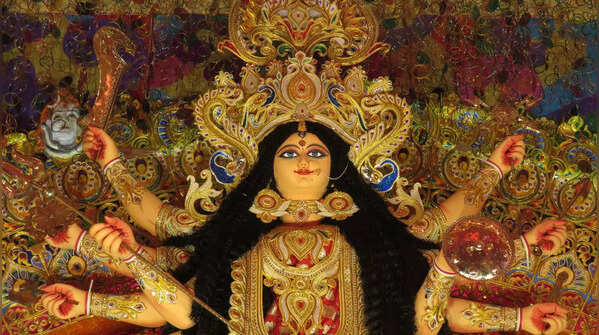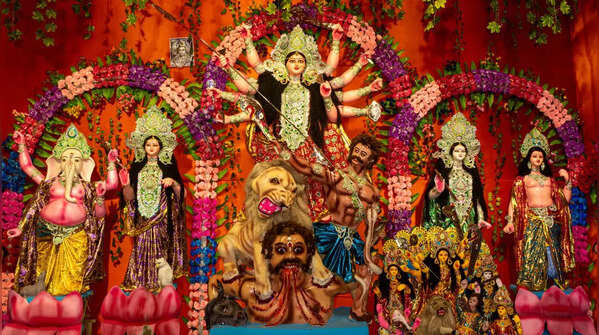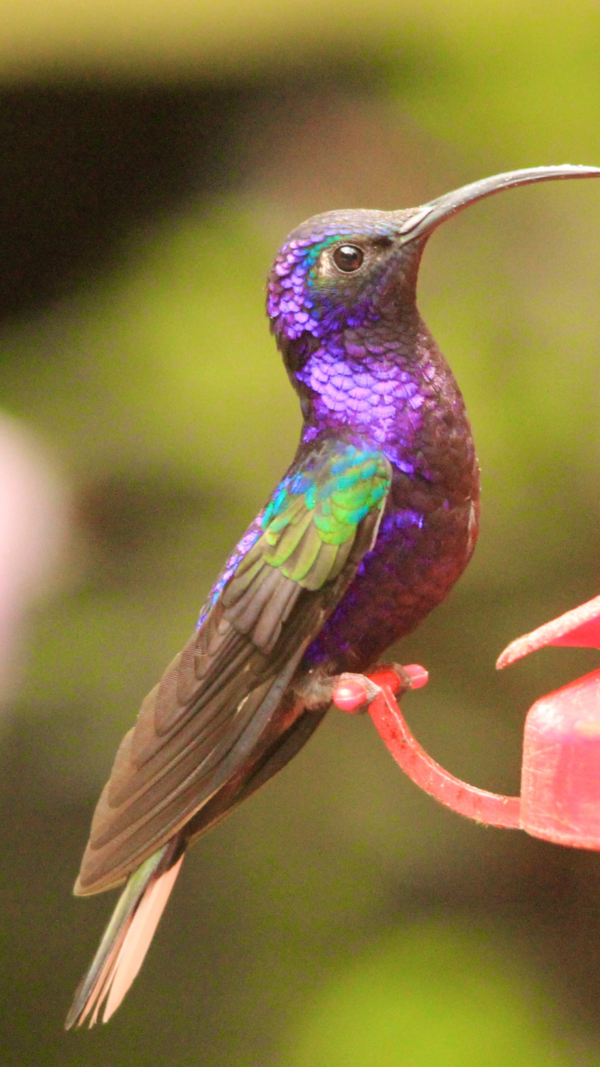- News
- lifestyle
- soul-search
- Chaitra Navratri: 6 dos and don'ts to follow during the nine auspicious nights of Maa Durga
Chaitra Navratri: 6 dos and don'ts to follow during the nine auspicious nights of Maa Durga

Rules for Chaitra Navratri 2025
Chaitra Navratri, one that is observed and celebrated between March and April, is here, and devotees are ready to engage with the energies of Maa Durga, her 9 avatars, and the peace and protection that fill the air during this time. Devotees mark the Chaitra Navratri phase by fasting, praying, performing rituals, doing daily pujas, making visits to the temples, and much more.
And just like any other Hindu festival, even Chaitra Navratri has some important do’s and don'ts, and here we list some of them.

Daily chanting and prayers
Daily chanting, prayers, and puja are the foundation of any festival, especially Navratri, as these are the 9 nights of Maa Durga. Prayer and devotion are the purest forms to connect with the divine energies. Each day is dedicated to one form of Maa Durga, and performing a daily puja is one of the best ways to connect to her energy.
Chanting something as simple as ‘Jai Mata Di’ can help immensely with positive energies.

Do not consume Tamsic foods
During the nine days of Navratri, devotees are expected to follow a sattvic diet, one that is pure and nourishing for both body and mind. Sattvic foods are simple and light on the body, be it fruits, veggies, or some dairy products, and grains like Kuttu ka aata and even Sabudana. During the 9 days, do not indulge your senses in Tamsic foods like non-vegetarian food or alcohol.

Fast when you can
One thing people can do during the Navratri days is to fast whenever you can during this period. If you cannot fast, keep your Sattvic food intake intact. Fasting during Navratri is considered to be a form of penance and a means of purifying the body and mind. Many devotees choose to do a partial fast during the 9 days, eating only fruits and certain grains, while others go on a complete fast, breaking their fast only after the 9 days or after the Kanya Puja.

Don’t wear black
One of the most given advice during Navratri time is not to wear black. People are advised to wear bright and auspicious colours like red, orange, yellow, blue, green, and the like, but wearing black is a strict no-no. Why?
Well, black is traditionally linked to negative energy, sadness, and the tamsic aspects of life, and thus it is best to avoid it.

Don’t engage with sharp objects
Another advice people give is to not buy, lend, or borrow sharp objects during this time. In the nine days of Navratri, sharp objects such as knives, scissors, or even needles should not be bought, according to many, and this is based on the belief that sharp objects are linked to negative energy and conflict.
It is said that borrowing or lending someone a sharp object can sour your relations with them.

Perform the Kanya pujan
Never end a Navratri fast without Kanya Pujan or without inviting little Kanjaks to your home. In Hindu rituals, the Kanya Pujan after Navratri is considered extremely important, and after 8 or 9 days of intense fasting, prayer, and the like, the festivities come to an end by inviting little girls, respecting them like Goddesses, feeding them good food, and doing some form of charity.
Even if you can’t perform the Kanjak, make sure to make food at home, the usual Poori, Halwa, and Chane, and donate them to the nearby temple.









